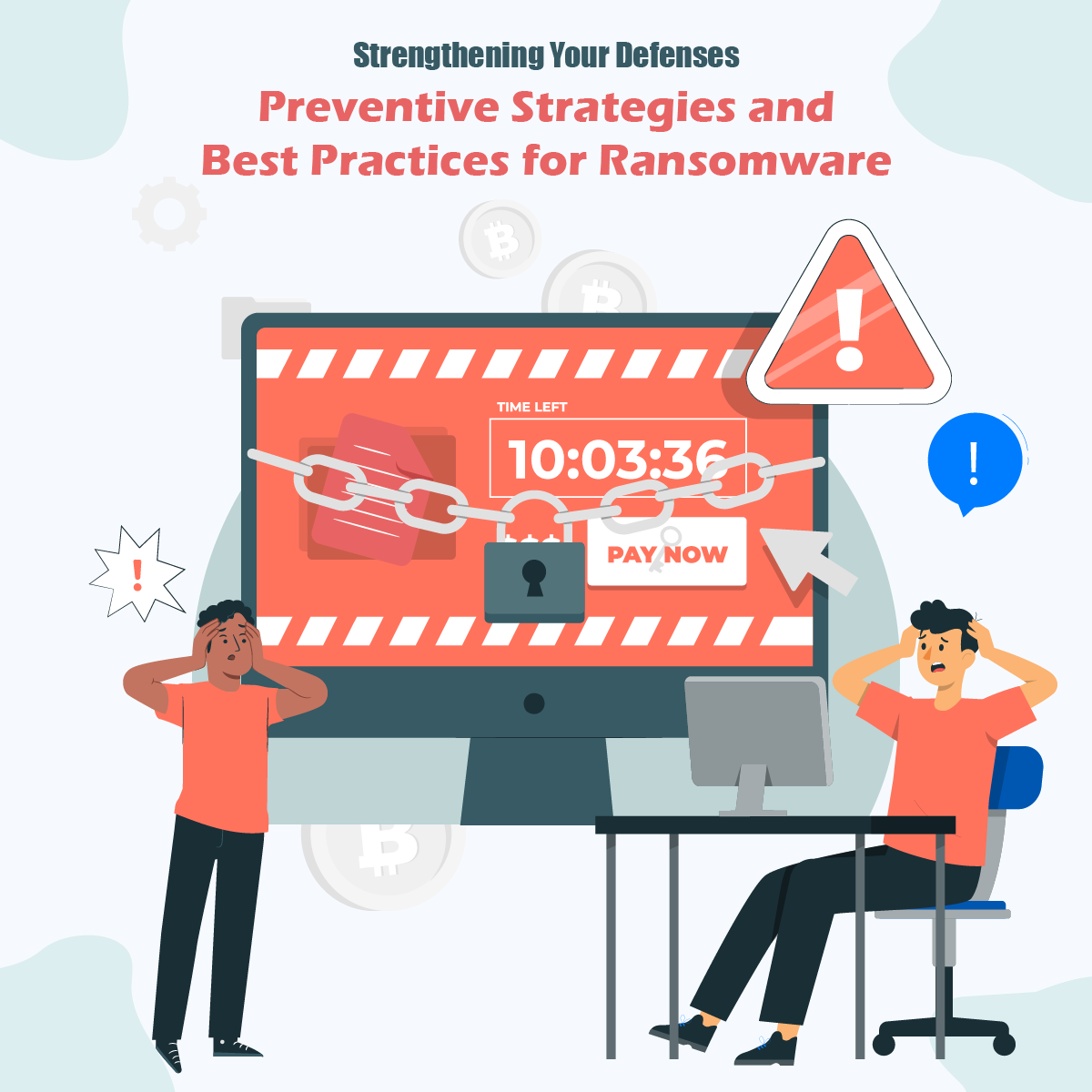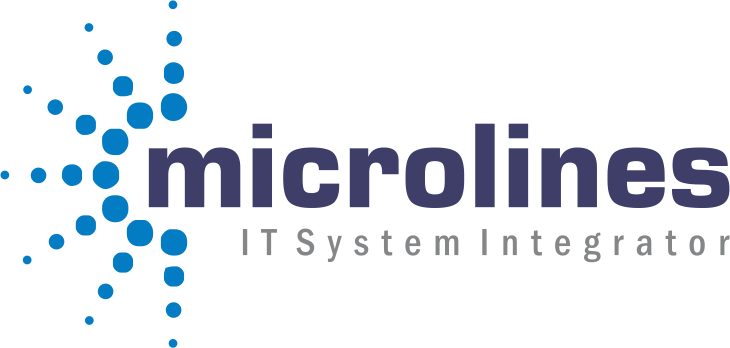
In today’s cybersecurity landscape, ransomware continues to pose a significant threat to businesses worldwide. With cybercriminals constantly evolving their tactics and targeting organizations of all sizes and industries, it’s essential for businesses to implement robust preventive strategies and best practices to defend against ransomware attacks. Let’s explore some key preventive measures that organizations can take to mitigate the risk of falling victim to ransomware.
1. Employee Training and Awareness
One of the most effective ways to prevent ransomware attacks is by educating employees about cybersecurity best practices and raising awareness about the risks of ransomware. Provide regular training sessions on topics such as phishing awareness, social engineering tactics, and safe browsing habits. Encourage employees to be vigilant and cautious when interacting with emails, attachments, and links from unknown or suspicious sources.
2. Endpoint Protection
Implement comprehensive endpoint protection solutions to detect and block ransomware threats at the device level. This includes deploying antivirus software, endpoint detection and response (EDR) solutions, and advanced threat protection tools. Ensure that endpoint protection software is kept up-to-date with the latest security patches and definitions to defend against emerging threats effectively.
3. Email Security Measures
Ransomware often spreads through phishing emails containing malicious attachments or links. Implement robust email security measures to filter out spam, phishing attempts, and malicious attachments before they reach users’ inboxes. Use email filtering solutions, sender authentication protocols (such as SPF, DKIM, and DMARC), and email encryption technologies to enhance email security and protect against ransomware threats.
4. Secure Backup and Recovery
Regularly back up critical data and systems to secure, offline storage locations, such as cloud-based backup solutions or physical backup devices. Ensure that backup procedures are automated, frequent, and comprehensive, covering all essential data, applications, and configurations. Test backup and recovery processes regularly to verify data integrity and ensure rapid recovery in the event of a ransomware attack.
5. Network Segmentation
Segment your network into separate, isolated zones to contain the spread of ransomware and limit its impact on critical systems and data. Implement network segmentation strategies based on the principle of least privilege, restricting access to sensitive resources and systems only to authorized users and devices. Use firewalls, intrusion detection systems (IDS), and network access controls (NAC) to enforce segmentation policies and monitor network traffic for suspicious activity.
6. Patch Management
Regularly update and patch all software, applications, and operating systems to address known vulnerabilities and security weaknesses. Implement a robust patch management process to identify, prioritize, and apply security patches promptly, minimizing the risk of exploitation by ransomware and other malware. Consider automating patch deployment wherever possible to streamline the process and ensure timely updates.
7. Incident Response Planning
Develop a comprehensive incident response plan to prepare for and respond effectively to ransomware attacks. Define roles and responsibilities, establish communication protocols, and outline escalation procedures to facilitate a coordinated response in the event of an incident. Conduct regular tabletop exercises and simulations to test the effectiveness of the incident response plan and identify areas for improvement.
Conclusion
Preventing ransomware attacks requires a proactive and multi-layered approach that encompasses employee training, endpoint protection, email security, secure backup and recovery, network segmentation, patch management, and incident response planning. By implementing these preventive strategies and best practices, organizations can strengthen their defenses against ransomware and minimize the risk of falling victim to these damaging cyber threats. Remember, cybersecurity is a shared responsibility, and every individual within an organization plays a critical role in safeguarding against ransomware and other cybersecurity risks
